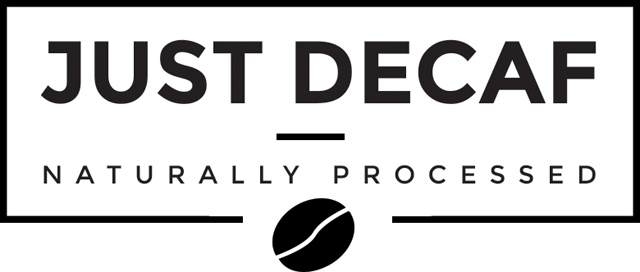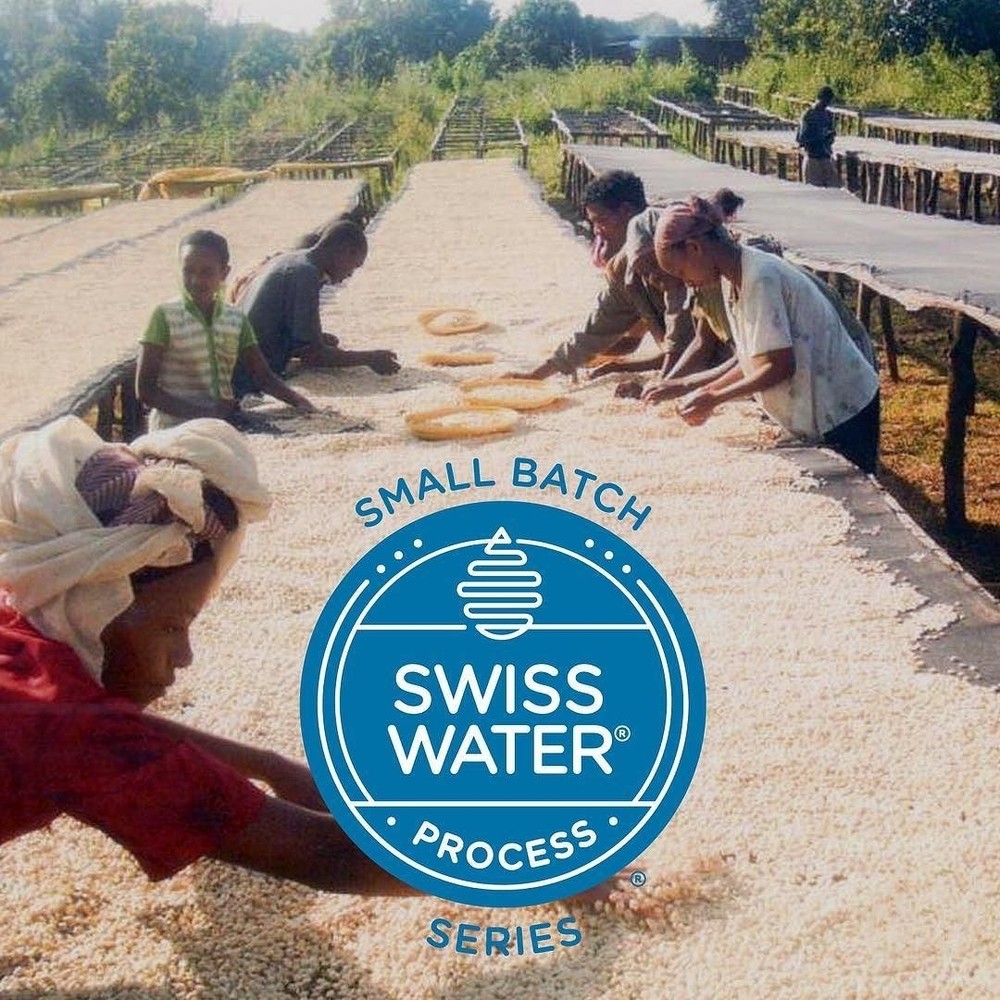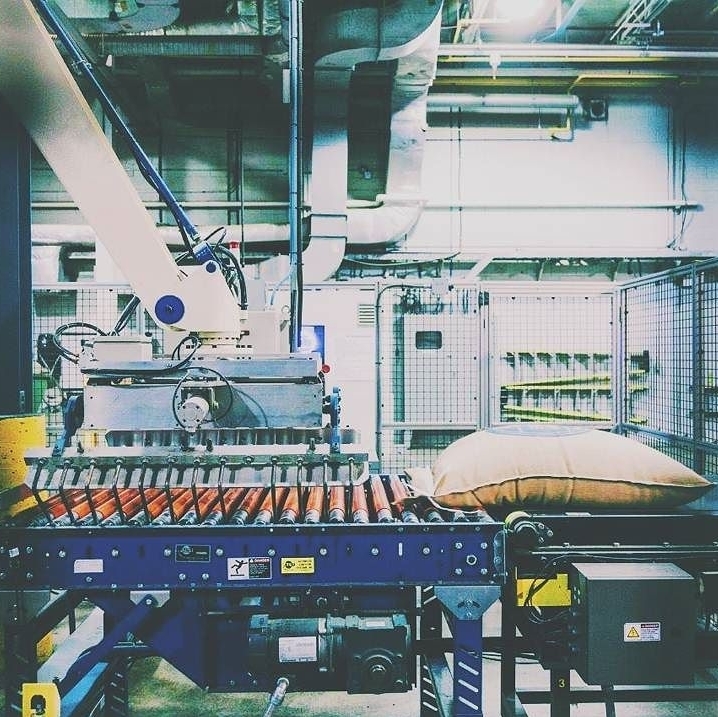Decaffeination Process Swiss Water
The Swiss Water Method of Decaffeination was introduced by The Swiss Water Decaffeinated Coffee Company of Burnaby, British Columbia, Canada in 1988
This method relies entirely on two concepts - solubility and osmosis - to decaffeinate coffee beans.
The process begins by immersing a batch of green coffee beans in very hot water in order to dissolve and extract the caffeine. The water is then drawn off and passed through an activated charcoal filter.
The porosity of this filter is sized to only capture larger caffeine molecules, while allowing smaller oil and flavour molecules to pass through it. However, this extraction process will also extract desirable oils and other solids from the beans, resulting in beans with no caffeine and no flavour in one tank, and caffeine-free but with flavour water in another tank.
The process is taken and given to via our USA importer.
The Swiss Water process method attempts to overcome this difficulty by first discarding the flavourless caffeine-free beans, and then reusing the flavour-rich water to remove the caffeine from a fresh batch of coffee beans.
Water saturated in this way is referred to as green coffee extract or GCE. It is created using a separate batch of green coffee beans, which are immersed in water and then discarded. In a pre-loading tank, water, cane sugar and formic acid are mixed and heated and used to preload carbon filter columns.
The GCE is then filtered over the columns to extract caffeine from it. A fresh batch of green coffee beans is then immersed in the GCE to remove caffeine but retain other components. The other components can be retained because the water is already saturated with flavour ingredients, therefore, the flavours in this fresh bath cannot dissolve - only caffeine moves from the coffee beans to the water.
This results in decaffeination without a massive loss of flavour. The process of filtering the GCE to remove caffeine and immersing the beans is repeated until the beans are 99.9% caffeine free by mass, meeting the required standard. This process takes 8 to 10 hours.


